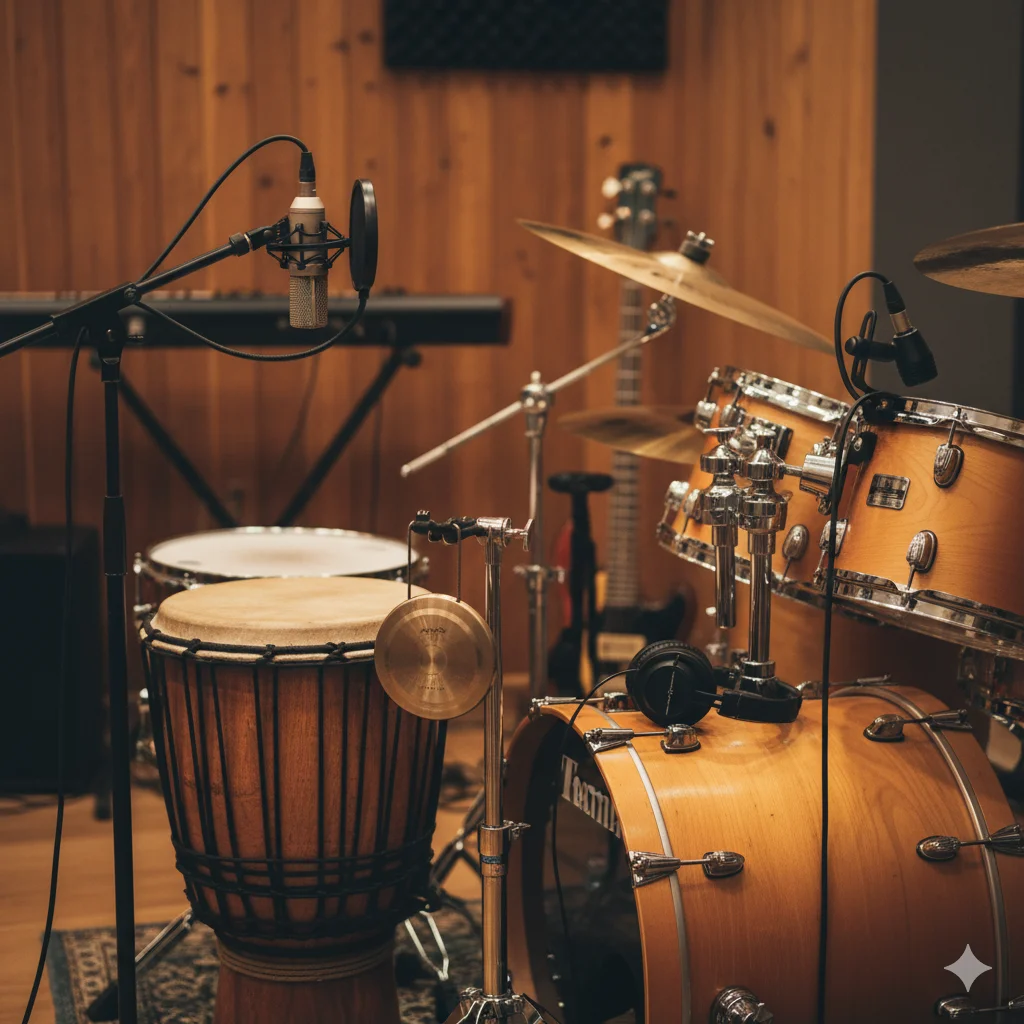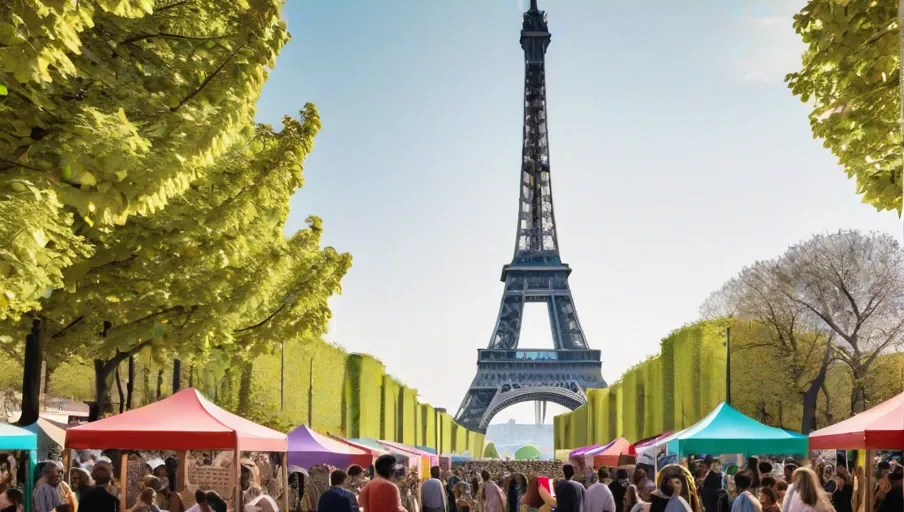
Champ de Mars, located in Port-au-Prince, Haiti, is a historic and culturally significant area that has been revitalized as a vibrant cultural hub. With its markets, theaters, and the iconic Palais National, Champ de Mars showcases the rich heritage of Haiti.
From statues of national heroes to the Museum of the National Haitian Pantheon, this area is a treasure trove of history and culture. Additionally, Champ de Mars serves as a center for commerce, employment, and tourism, making it a vital economic contributor to the region.
- Champ de Mars is a cluster of markets, businesses, and theaters in Port-au-Prince.
- The area has historical significance and cultural attractions, including statues of Haiti’s founding fathers and the Museum of the National Haitian Pantheon.
- The Triomphe Theatre has reopened to the public, and artisans sell arts and crafts under its eaves.
- Champ de Mars serves as a hub for businesses, markets, and theaters, contributing to the local economy and attracting tourists during Carnival season.
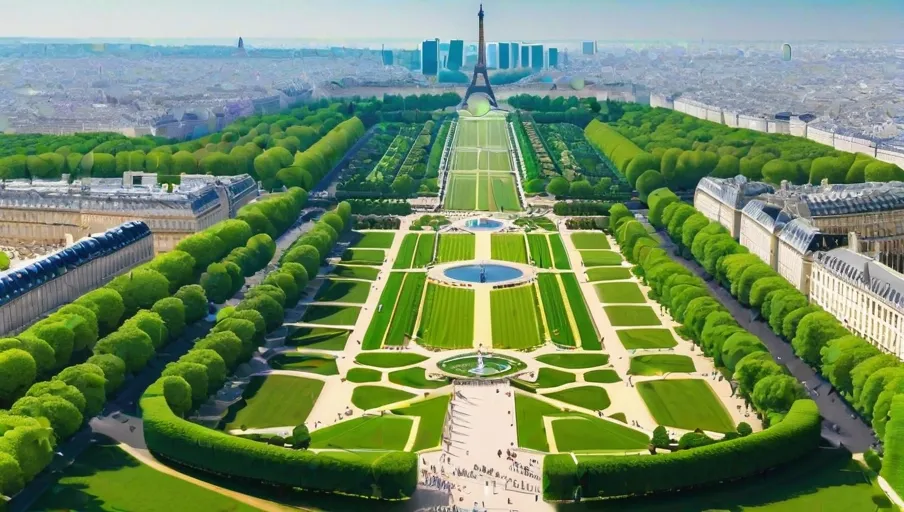
The Champ de Mars in Port-au-Prince is known for its historical significance and cultural attractions. The statues of Haiti’s founding fathers, such as Alexander Pétion, Henri Christophe, Jean-Jacques Dessalines, and Toussaint Louverture, stand as symbols of the country’s struggle for independence and its rich history.
These statues not only pay homage to the leaders who fought for freedom but also serve as a reminder of Haiti’s revolutionary past.
The Museum of the National Haitian Pantheon, located on the grounds of Champ de Mars, offers visitors a deep dive into Haiti’s cultural heritage.
The museum showcases artifacts and exhibits that highlight the country’s vibrant history. It provides a unique opportunity for visitors to learn about Haiti’s past and appreciate its cultural contributions.
In addition to its historical and cultural significance, Champ de Mars is also a hub for artisanal crafts. Visitors can explore and purchase unique handmade items that showcase the creativity and skill of local artisans.
This adds to the overall experience of Champ de Mars, allowing visitors to not only learn about Haiti’s history but also take home a piece of its artistic heritage.
Overall, Champ de Mars offers a multifaceted experience for visitors, combining historical significance, cultural attractions, and opportunities to support local artisans. It is a must-visit destination for anyone interested in exploring Haiti’s rich heritage and vibrant culture.
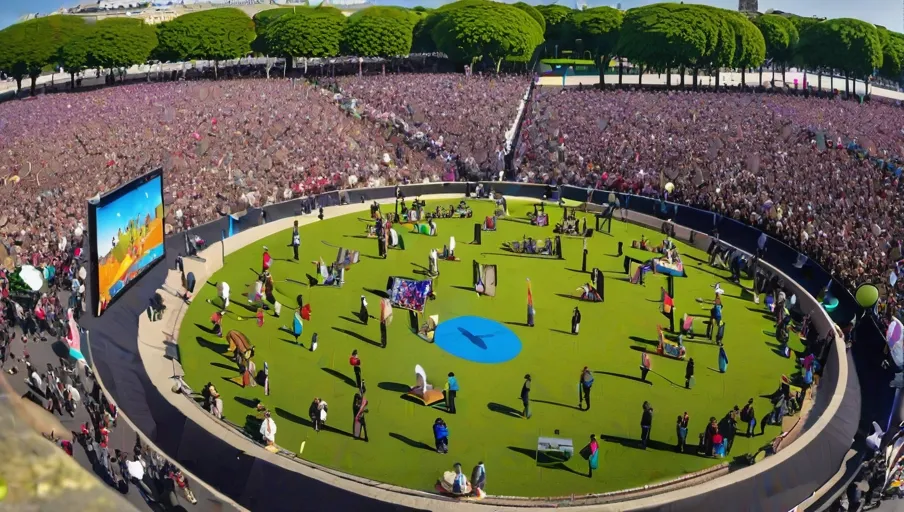
During weekdays, white-collar Haitians visit Champ de Mars on their lunch breaks from banks, hotels, government offices, or nearby university departments to engage in various cultural activities and immerse themselves in the daily life of the area.
Champ de Mars offers a vibrant atmosphere filled with street food and local artisans. Artisans sell arts and crafts, such as paintings, jewelry, wooden bowls, and metalwork, under the eaves of the Triomphe theater, while street food merchants provide hot rice and beans in Styrofoam boxes.
In the evenings, Place de la Constitution de 1801 becomes a gathering place for food sellers, and employees from the nearby Ministry of Culture come to enjoy a drink at Kay Leyo, an outdoor bar.
The combination of cultural activities, street food, and evening gatherings makes Champ de Mars an exciting and lively destination during lunch breaks and after work hours.

The vibrant festivities of Carnival season bring a surge of energy and excitement to Champ de Mars, captivating locals and tourists alike with their lively parades and vibrant atmosphere.
Carnival traditions in Haiti are deeply rooted in African and European influences, resulting in a unique blend of music, dance, and cultural expression.
The streets of Champ de Mars come alive with the rhythmic beats of traditional Carnival music, such as the infectious sounds of the rara bands and the vibrant melodies of the konpa music.
This lively music sets the stage for the colorful and energetic dance performances that take place throughout the carnival season.
From the graceful movements of the traditional Haitian quadrille to the energetic and acrobatic performances of the masquerade dancers, Carnival in Champ de Mars is a celebration of freedom and cultural heritage.
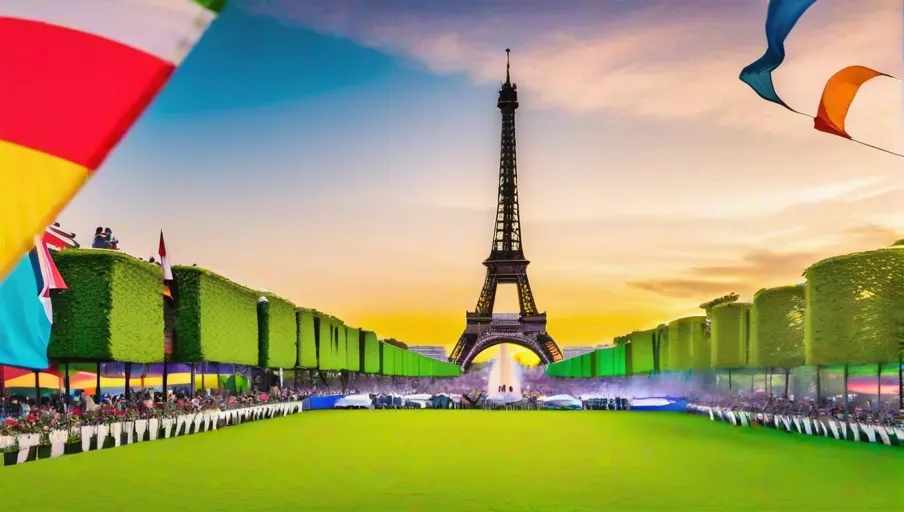
Attracting visitors with its historical significance and cultural attractions, Champ de Mars offers a vibrant atmosphere for tourists to immerse themselves in the local arts and crafts scene.
The area is not only known for its statues and museums but also for its local cuisine and nearby coastal attractions.
Tourists visiting Champ de Mars can explore the variety of local arts and crafts available, including paintings, jewelry, wooden bowls, and metalwork.
After exploring the cultural offerings, visitors can indulge in the flavors of Haiti by sampling the street food, such as rice and beans, sold by merchants in the area.
Additionally, nearby coastal areas provide opportunities for relaxation and enjoyment, allowing tourists to experience the beauty of Haiti’s beaches and coastal attractions.
Champ de Mars truly offers a well-rounded experience for tourists seeking to explore the cultural and natural wonders of Haiti.
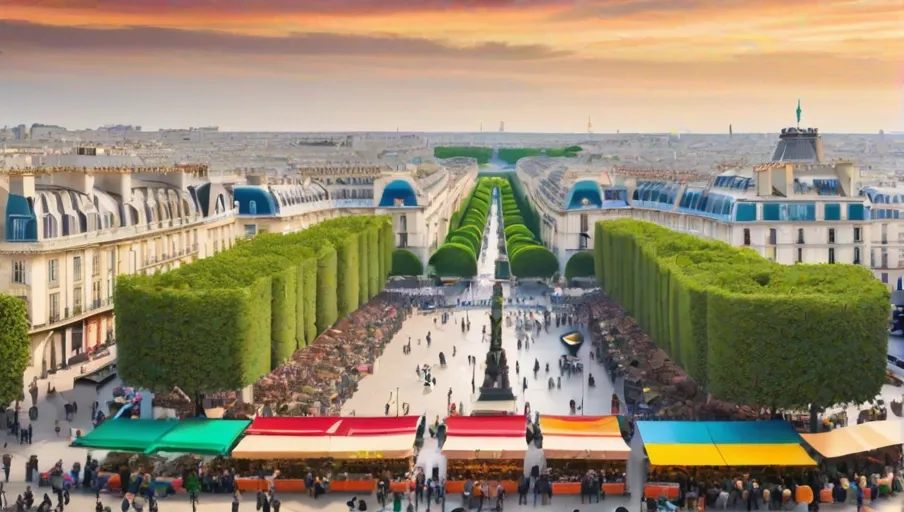
Regularly, businesses, markets, and theaters in Champ de Mars contribute to the local economy by providing employment opportunities and generating revenue through tourism. The economic impact of Champ de Mars is significant, as it serves as a cultural hub and tourist destination in Port-au-Prince.
However, the area also faces challenges in terms of revitalization efforts. The devastating earthquake in 2010 severely damaged several landmarks, including the Ciné Triomphe and Rex Théâtre. While the Triomphe Theatre has reopened, there is still a need for further restoration and improvement.
Future plans for Champ de Mars include the restoration of historical buildings, the development of infrastructure, and the promotion of cultural events. These efforts aim to attract more visitors, create sustainable employment, and boost the local economy.
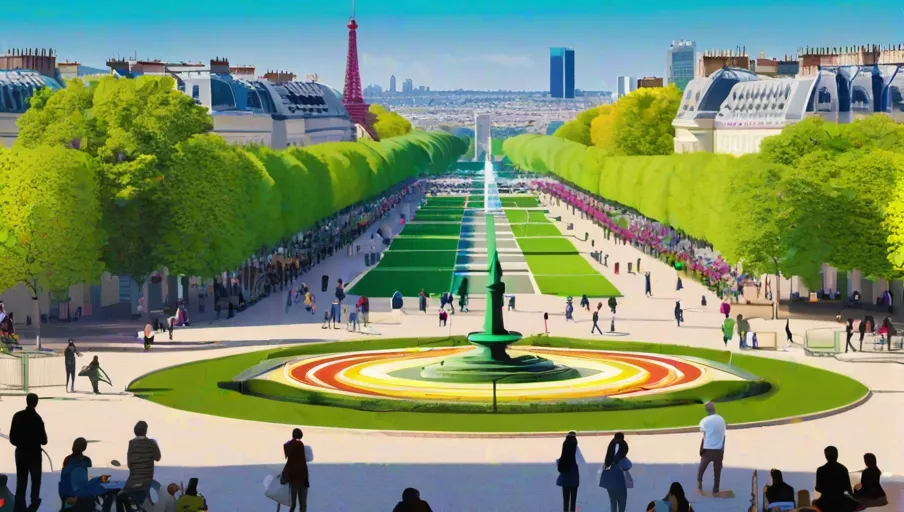
To ensure the successful revitalization of Champ de Mars, stakeholders are actively collaborating on strategies to enhance infrastructure, restore historical buildings, and promote cultural events in the area.
The Champ de Mars revitalization initiatives aim to transform the cultural hub into a vibrant and thriving destination for locals and tourists alike. Urban development plans include improving transportation infrastructure, such as roads and public transportation systems, to enhance accessibility to the area.
Additionally, efforts are being made to restore and preserve the historical buildings in Champ de Mars, ensuring that the rich cultural heritage of the area is celebrated and maintained. Furthermore, cultural events and festivals will be organized to showcase the artistic talents and traditions of Haiti.
These initiatives not only contribute to the economic growth of the area but also provide a sense of pride and identity for the community.


